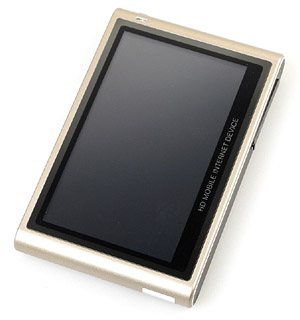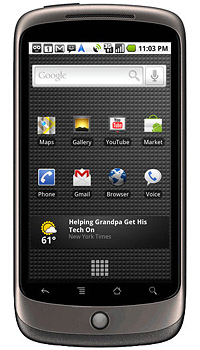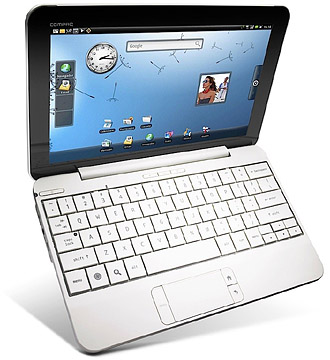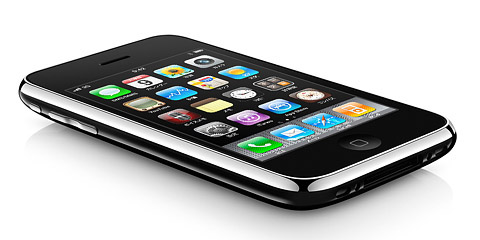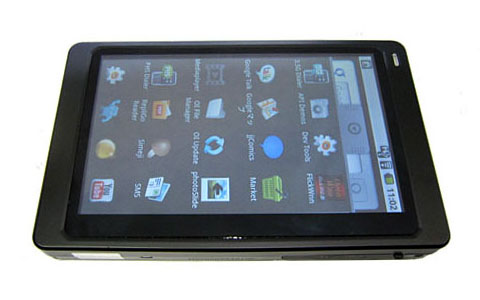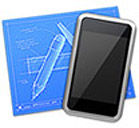 iPhone OS comprises the operating system and technologies you use to create applications for iPhone and iPod touch devices. The technologies in iPhone OS provide everything you need to create advanced applications that respond to touch events and display high-quality graphics. In addition to the basic application infrastructure, iPhone OS gives you access to Multi-Touch events, the hardware accelerometers, and other device features that make it easy to create advanced and innovative applications.
iPhone OS comprises the operating system and technologies you use to create applications for iPhone and iPod touch devices. The technologies in iPhone OS provide everything you need to create advanced applications that respond to touch events and display high-quality graphics. In addition to the basic application infrastructure, iPhone OS gives you access to Multi-Touch events, the hardware accelerometers, and other device features that make it easy to create advanced and innovative applications.
To develop applications for iPhone OS, you need a Mac OS X computer running the Xcode tools. Xcode is Apple's suite of development tools that provide support for project management, code editing, building executables, source-level debugging, source-code repository management, performance tuning, and much more. At the center of this suite is the Xcode application itself, which provides the basic source-code development environment. Xcode is not the only tool you use though, and the following sections provide an introduction to the applications you use to create iPhone applications.
The iPhone SDK includes iPhone OS, the Xcode tools, and access to the documentation, sample code, and resources you need to develop your applications. The iPhone SDK and Xcode tools can be used on any Intel-based Macintosh computer running Mac OS X v10.5 or later. Xcode provides the development environment you use to create your application code, compile it, run it, and debug it. Because Xcode is fully integrated with iPhone OS, developing iPhone applications with it is easy.
For more information about how to get the iPhone SDK, please go to iPhone Dev Center http://developer.apple.com/iphone/

